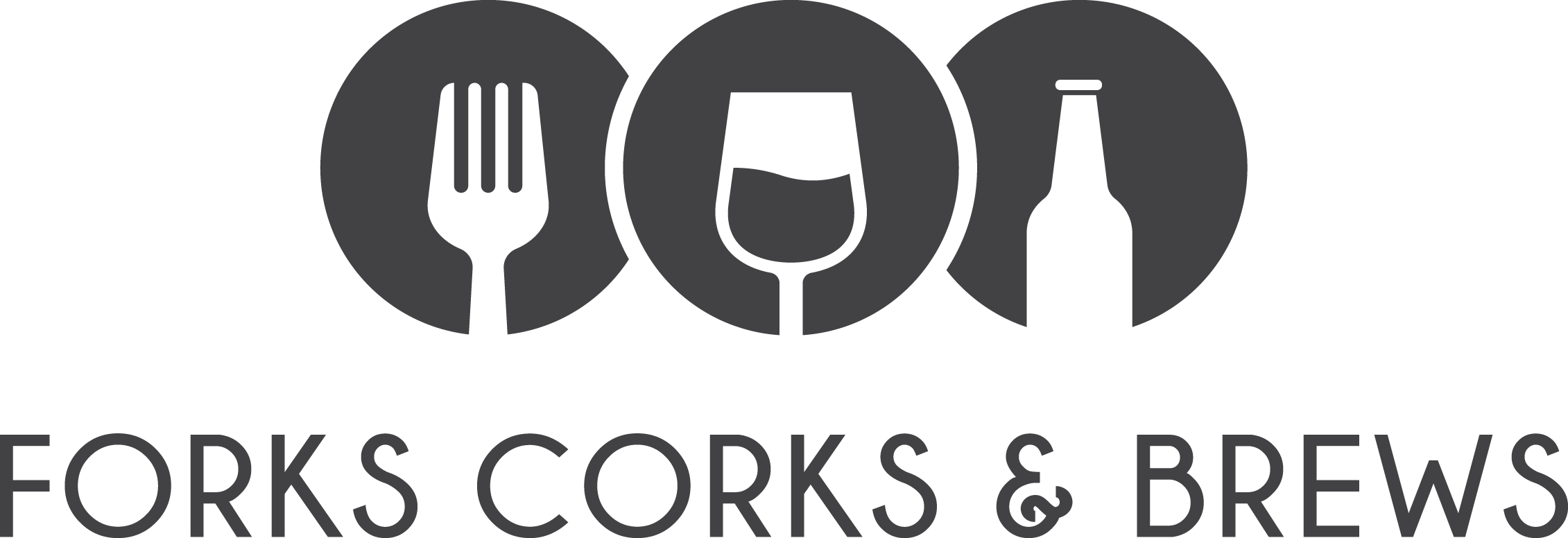We have talked about vanilla, vanilla beans, and growing your own vanilla beans. Now, we will add some facts about the types of vanilla beans.
Why Are Vanilla Beans Expensive?
The prices for all types of vanilla beans are going up and up. Part of that has to do with the process. Growing time is long, taking up to three years for the orchid vine to produce a vanilla bean. Harvesting time is laborious. Each orchid is pollinated by hand.
There is also a legitimate shortage of the type of vanilla bean known as Madagascar vanilla beans. This island country has more than three-quarters of the world’s vanilla fields. Keep in mind the entire island is only about the size of Texas.
Endangered lemurs share these fields and forests as well. Their forests are shrinking due to land being cleared for more vanilla bean farms.
All that adds up to small production. Higher demand occurs as more consumers want real vanilla, specifically the types of vanilla beans from here.
Did you know vanilla is the second highest price spice, just after saffron?
When you understand the cost of many types of vanilla beans in 2011 was about $11 per pound and rose to $193 by the end of 2016, you now know why this is a target for black market sales, thieves, and poachers.
Where Else are Different Types of Vanilla Beans Grown?
Madagascar vanilla is definitely the most popular of the types of vanilla beans. You will often see it listed as Madagascar Bourbon vanilla. This has nothing to do with Bourbon, however. The name of the island was formerly called Ile Bourbon. Vanilla from Madagascar has a clear, creamy flavor. These vanilla beans are the thinnest.
Mexican vanilla beans are slightly thicker than others. The flavor in these types of vanilla beans is similar to Madagascar. Many say it is spicier with more depth. For those reasons, chefs and cooks like this type of vanilla bean when they want the vanilla taste to shine. Mexico originally had a monopoly on vanilla beans until the 1800s, when explorers took them to other countries.
Tahitian vanilla beans are wide and flat. This type of vanilla bean flavor profile includes a rich cherry chocolate one and almost a caramel flavor. Believe it not, these get used in commercial perfume products for those reasons.
Other types of vanilla beans come from other countries, including Uganda. The types of vanilla beans are rare. Bold milk chocolate flavors come through in their creaminess.
Indian vanilla is another one with a full, chocolate flavor.
Indonesian vanilla is mild.
Tonga vanilla is the earthiest type of vanilla bean with flavors bordering on fig and raisin. Think of Tonga as a Port when compared to a Cabernet wine.
Why all the different flavors?
First, it boils down to where types of vanilla beans are grown. Each country has a different method of curing and drying their vanilla beans.
Then, there are different species of vanilla. Each species has unique characteristics. Some are wider or flatter or rounder. Variations of taste occur within each type of vanilla bean. If you find a flavor you prefer, check to see where it was grown and what type of vanilla it is.
How Should You Store Vanilla Beans?
Vanilla beans are often sold in glass vials or containers. Leave them there until you are ready to use them. You can store unopened beans in a cool, dark place. Do not store in the refrigerator, however. Refrigeration can cause excess moisture which leads to a mold specific to all types of vanilla beans. If you see what appears to be mold, discard and do not use them. Also, do not store next to your stove or oven where the heat will affect their taste.
Once you open the container, you can store the remaining ones in plastic wrap inside a glass container. Try to squeeze out any air in the plastic wrap. Then, every few weeks take them out and let them air for a few minutes. By doing this, your quality vanilla beans should last about six months.
Let’s say your beans look dried out. Re-hydrate them in warm water for a couple of hours. Then, dry them and store as before.
Next time you shop in a spice store or a gourmet market, check to see what types of vanilla and vanilla beans they carry. Do you have a favorite?
Find recipes using vanilla bean here at https://www.forkscorksandbrews.com/forks/
